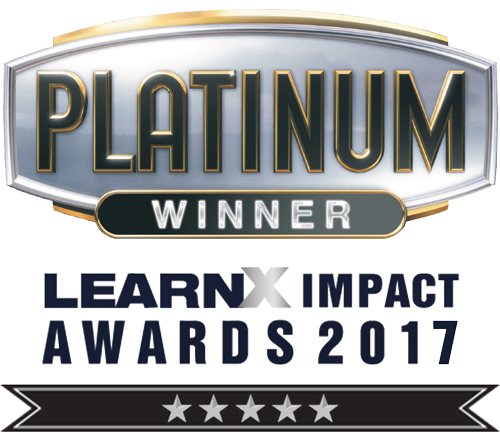As part of our work supporting VE, the Vocational Educational Design Team work closely with identified programs to develop assessment tools which are authentic and practice based for student and industry needs. They are also Canvas friendly, flexible for assessor use and meet the compliance requirements of the regulatory body.
The process to produce quality assessment tools has been refined over several months and is validated by favourable feedback from external quality assurance. There is now a streamlined process requiring only minimal reviews or reworking.
This is a wider RMIT effort. Assessment writers in the team work closely with schools and program managers to refine existing materials and assessments, and strong relationships with Subject Matter Experts facilitate timely review of materials. The collaborative relationship with a SME allows us to find out how the assessment can be specifically tailored to that cohort or teaching staff and what resources, or tools are available.
The team will often create a narrative thread with a real-world approach that ties the assessment together, such as a practical task that has task specifications, a role play scenario and appendices i.e. filling out an incident form for a role-played injury. This approach can apply to multiple assessments within a unit.
Setting a glossary of terms before the writing starts also creates a consistent approach through assessment tasks. This goes in hand with student usability, how a student will access and undergo an assessment within Canvas and what industry skills they will take away from it.
Existing VE Essential templates have been honed over a period of several months to ensure the clarity of instructions and compliance of content.
The process our writers follow is flexible but there are commonalities in the approach:
- Key documents are assembled: Correct Unit of Competency, existing materials and assessments from the school, additional information to inform content as required
- Decisions made from these documents as to suitable tasks to assess competency (minimum of two different tasks) – clarification occurs with SME if necessary
- Required RMIT templates are accessed – mapping template, relevant assessor versions (Practical task, Product task, Knowledge Task)
- Mapping template populated with all benchmarks (from Unit of Competency) to be mapped
- Practical or product assessor versions of templates with fixed, agreed text are populated with information specific to the unit – careful attention is given to collecting evidence of all actions and skills specified in the Unit of Competency while being mindful of the logical steps required for competent completion of the task or product
- Additional documents are created, if required, on designed RMIT template e.g. appendix, specifications for a practical task
- Actions and skills are mapped using the mapping template, during the writing process, to inform the content of the tasks and ensure all actions/skills are observed/evidenced
- Knowledge template (assessor version) with fixed, agreed text is populated to cover knowledge not mapped in the practical/product tasks.
- The mapping template is finalised to ensure evidence of all items exists/is covered ensuring compliance
- All completed documents (assessor version only) are sent to the SME for review
- Changes/refinements (if any) made following SME review
- Completed documents are sent for external quality assurance
- Revisions made (if required) from QA process and resubmitted until finalised
- Finalised documents (assessor versions) used to ‘build’ student version on Canvas and finalise the full suite of documents in the assessment tool.
At the end of this process we ensure that our assessments go through a thorough peer review within the team that encourages the sharing of assessments with a focus on continual improvement, the feedback received allows for quality and clarity of the final product.
This approach has allowed us to hit the ground running when moving between different programs within VE and being able to successfully tailor assessments to specific programs.
Reader notes: Some links are to internal RMIT resources. If you’re from an external institution and would like more information, please contact us at vedt@rmit.edu.au.


